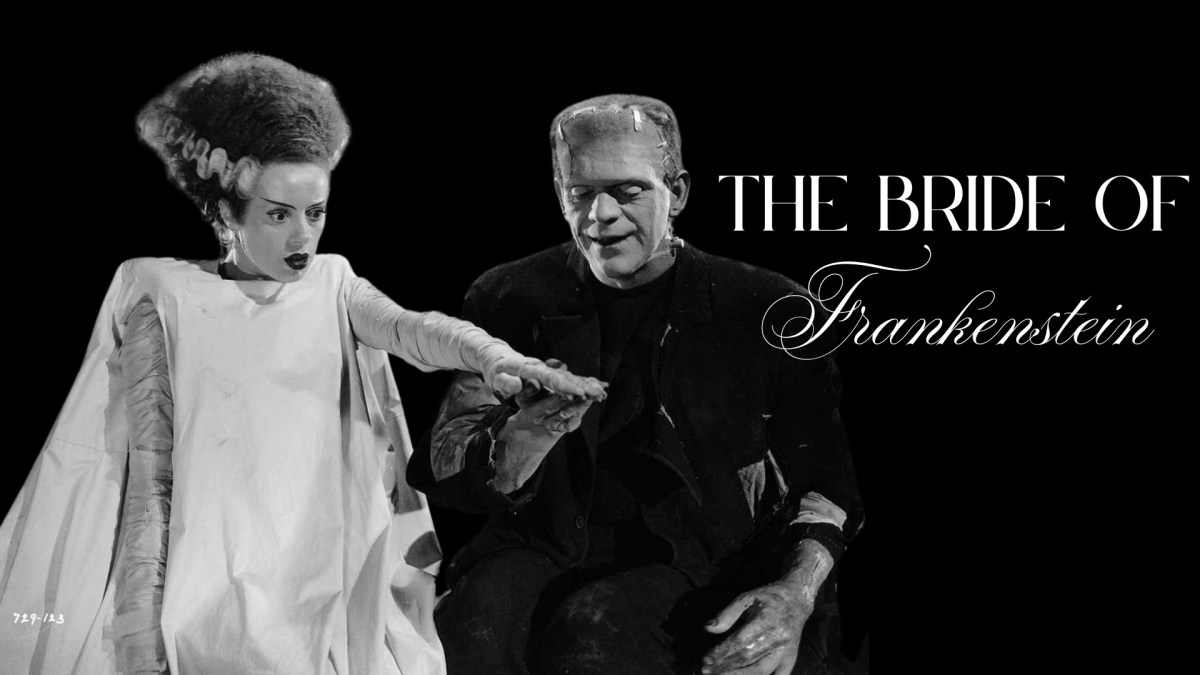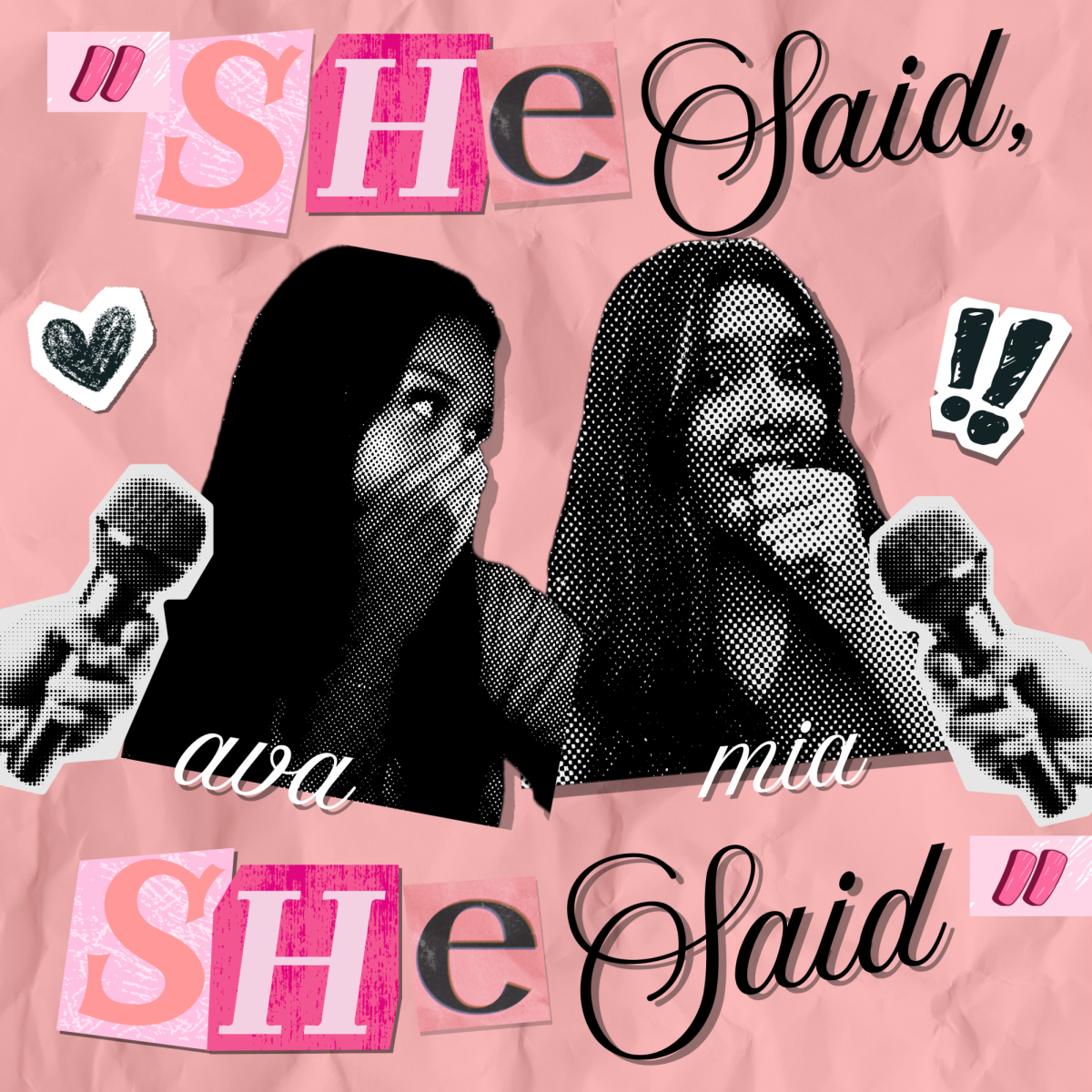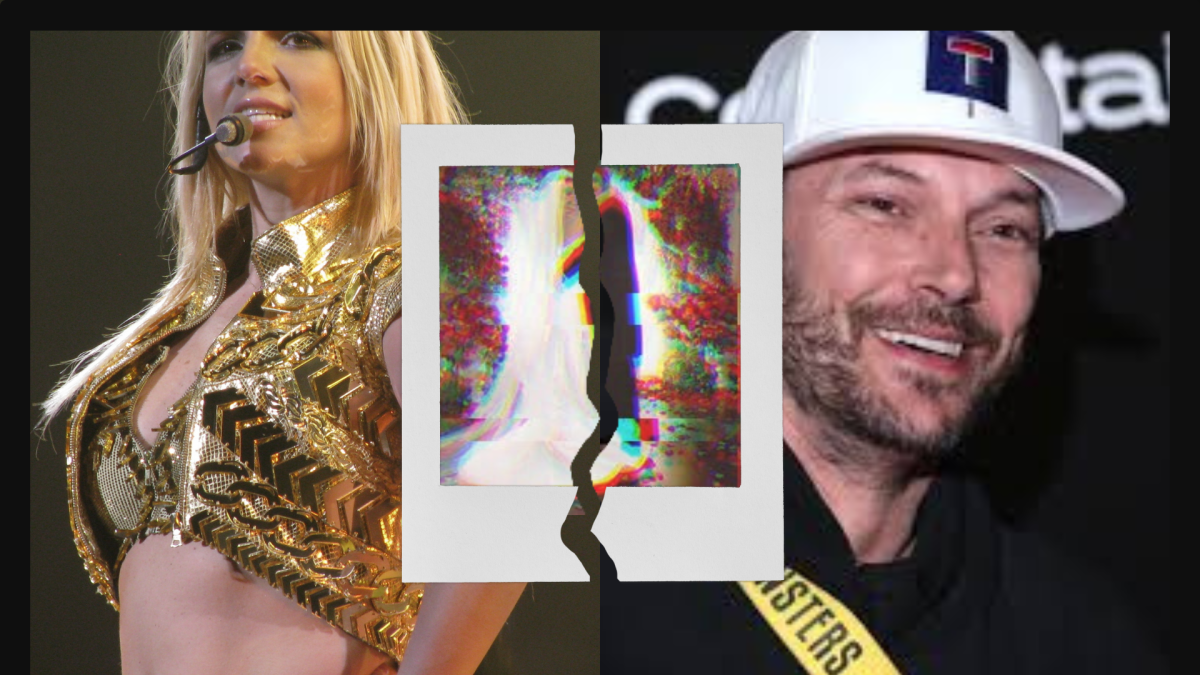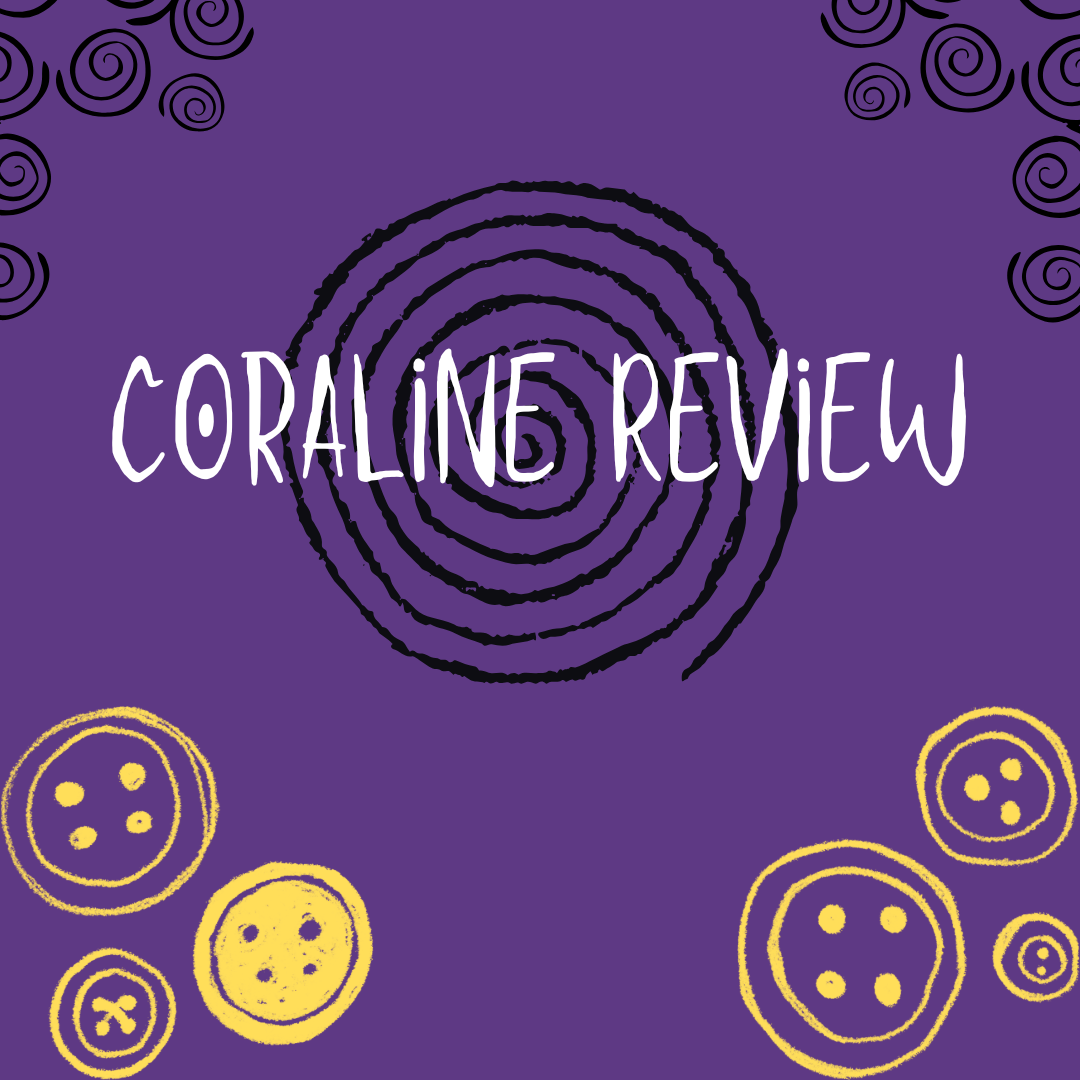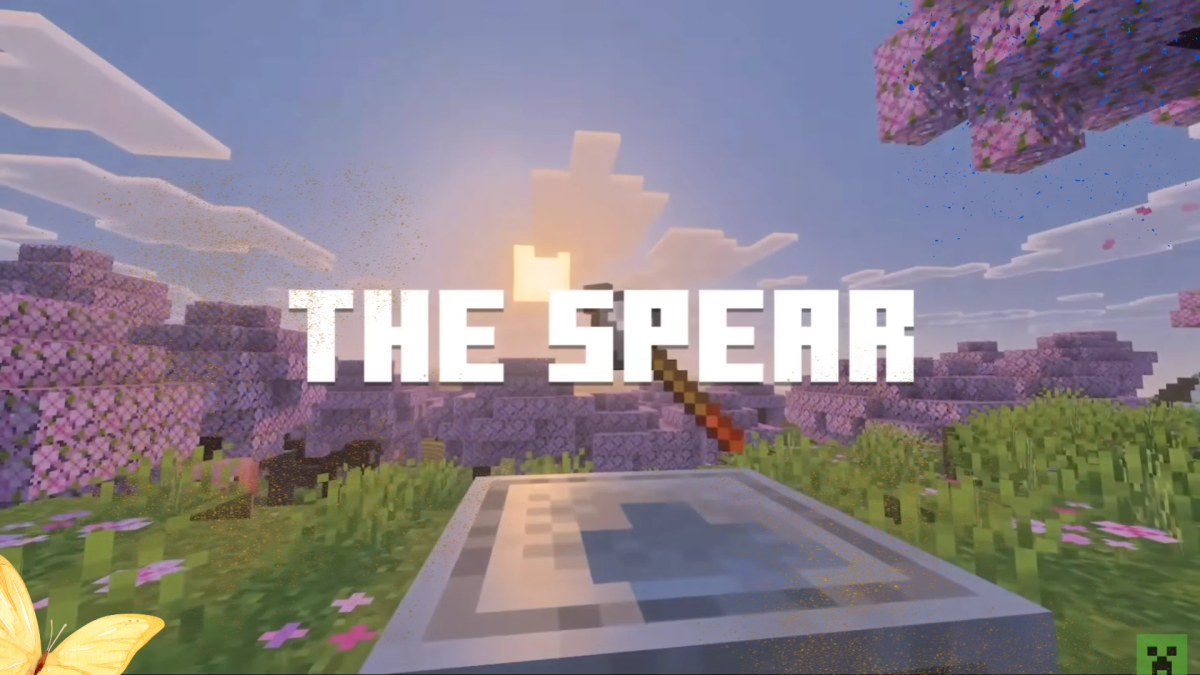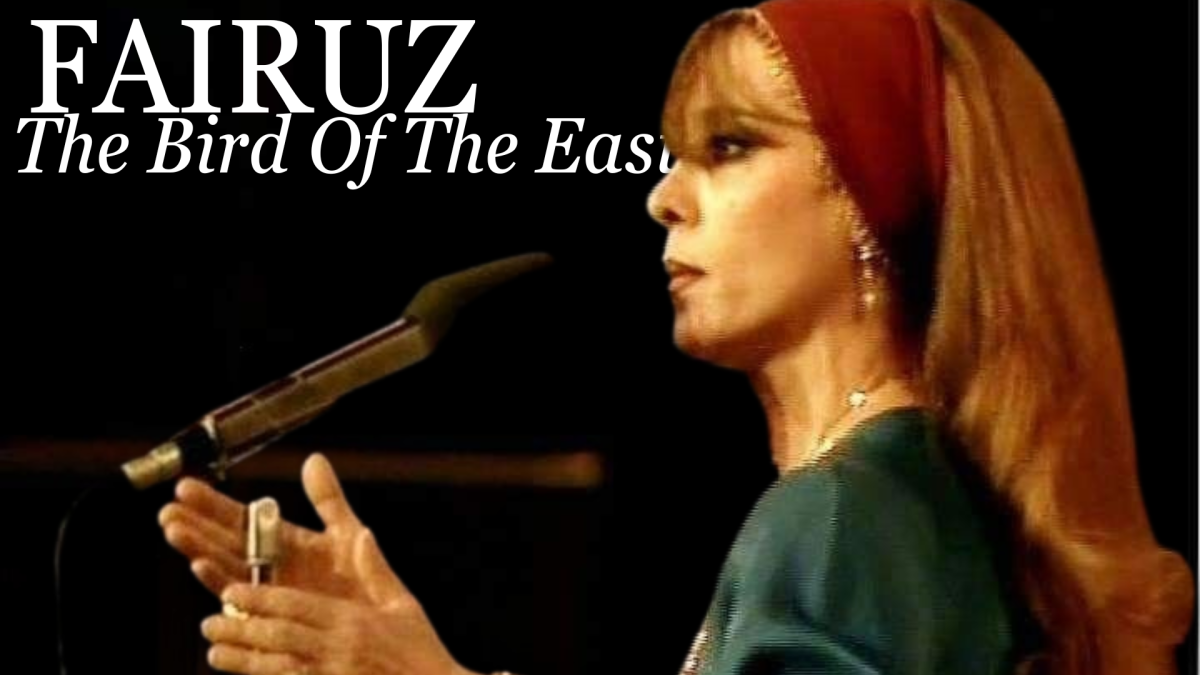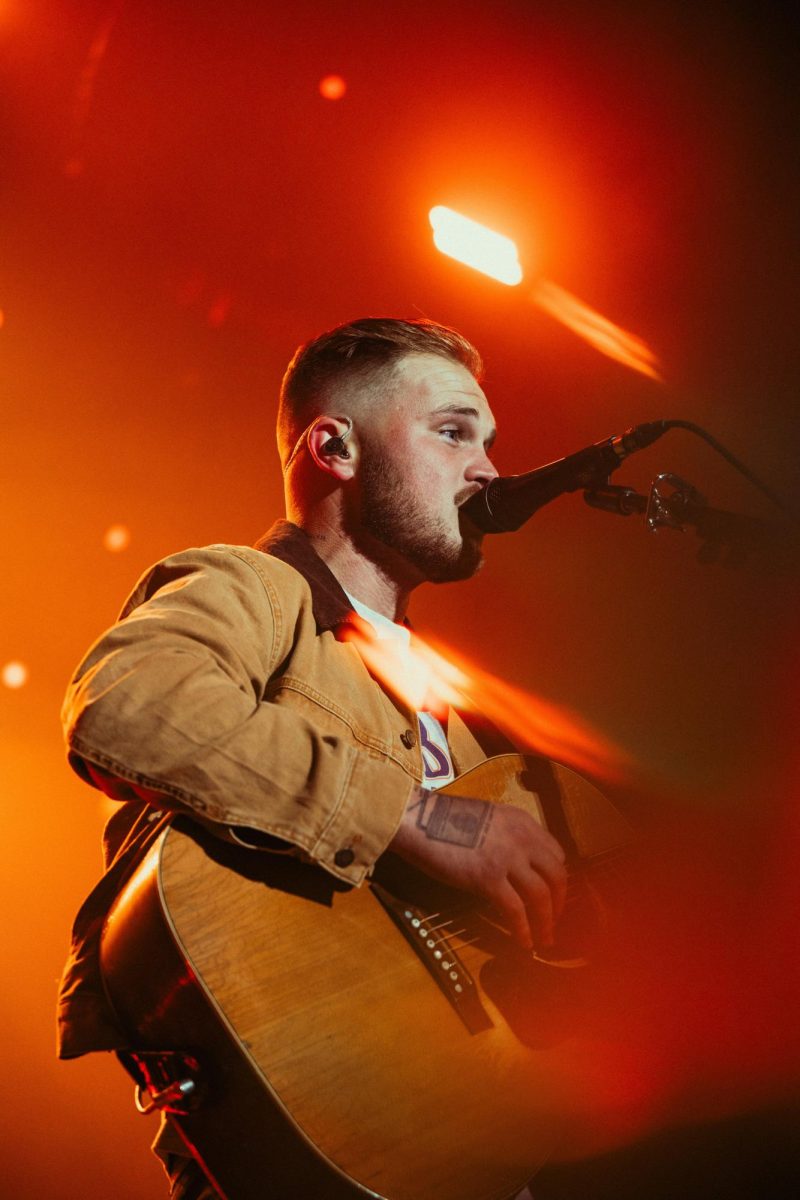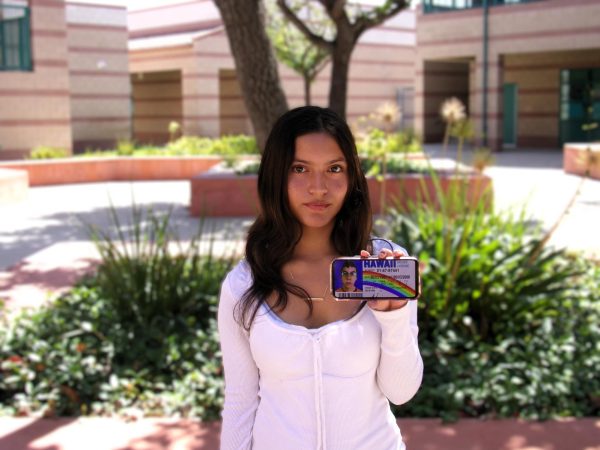On April 20th, 1935, the sequel to the 1931 film Frankenstein was released, and it was titled ¨The Bride of Frankenstein. ¨ It starred Elsa Lanchester in the title role, most of the actors besides Mae Clarke reprised their roles from the previous movie, and Dwight Frye returned as a henchman. Added to the cast would be the camp Ernest Thesiger as a new Dr. who would help bring the Bride to life.

Public Domain photo: Elsa Lanchester and Boris Karloff.
It begins by introducing Lanchester not as the Bride but as the author of the novel, Mary Shelly. She begins to narrate the film to her friends as a continuation of the 1931 movie. This movie is much different than what many would expect from the title role being ¨Bride of Frankenstein¨ she actually only appears during the last 5 minutes of the film. The main focus in this story is how misunderstood the monster(Karloff) is; he truly wants a friend, someone who could understand him for what he is. The Bride can be seen as a feminist icon amongst many, She was brought to life by 4 men solely to be married to a man whom she had never met. However, she rejects him and goes against her purpose as she screams in terror once she sees all the men surrounding her.
This movie is the main reason the Universal Monsters have become so iconic, with James Whale’s witty, satirical humour and his ability to throw heavy elements without it feeling out of place, although it is notable that Whale originally wanted nothing to do with this movie, he didn’t think their should be a sequel, but Universal had already been writing a sequel for a few years, Whale said when one of the workers at Universal sent him their, then script and idea for the sequel said ¨Frankenstein was a gold mine at the box office, and a sequel to it is bound to win, however rotten it is, they´ve had a scrip made for a sequel, and it stinks to heaven. I squeezed the idea dry on the original picture, and never want to work on it again.¨Come 1934, Whale would agree once Laemmle Junior guaranteed him full artistic freedom.

Public Domain photo: James Whale and Boris Karloff on the set of ¨The Bride of Frankenstein¨
Shooting began on January 2nd, 1935. It was quite a struggle for Whale to truly put his artistic freedom to use since the HAYS code had been passed the year prior, meaning no gore, blasphemy, necrophilia, or LGBTQ+ elements were allowed to be used. The original run of the film was around 90 minutes, a bit longer than its 75-minute run that everyone knows today. Scenes that were deleted include Frankenstein’s monster attempting to ¨save¨ Jesus Christ. When he is running away from the villagers in a cemetery, Dwight Frye was a favorite actor of Whale since he enjoyed his comedic timing and ability to act, he originally had much more screen time where he is running around killing people and blaming it on the monster, if these scenes were kept his sudden death at the end of the film may have made more sense, and 2 love scenes were forced to be cut out, unfortunately, all of these scenes are considered lost. Despite this, James Whale managed to make another box office hit.

Public Domain Photo: Elsa Lanchester as The Bride.
The Bride of Frankenstein has influenced many other iconic horror movies and movies in general to this day. Being ahead of its time by dealing with the roles of gender, characterization, and changing the stereotypical role of an inhumane monster.

